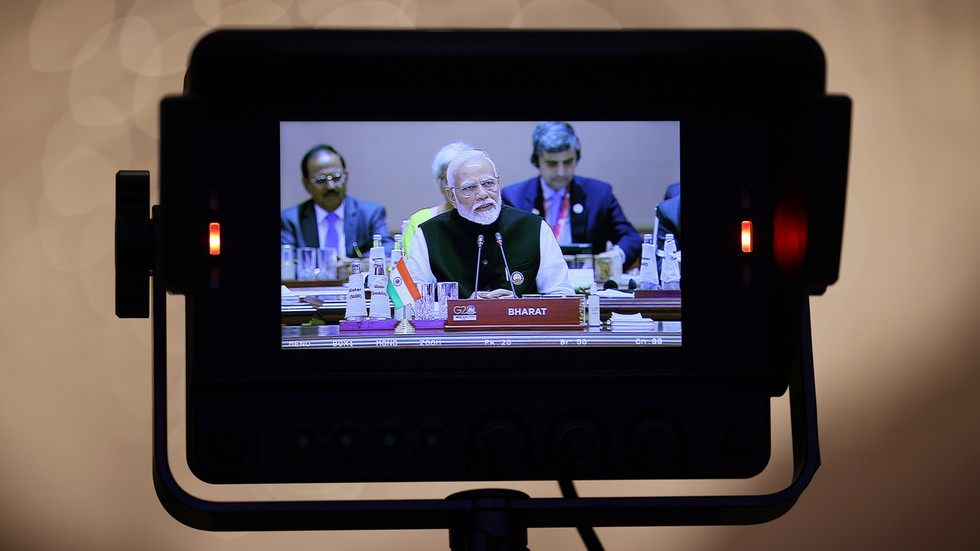Computing capacity and national capability are becoming synonymous, India’s prime minister has said at the launch of three new supercomputers
India is moving to the forefront in quantum computing, Prime Minister Narendra Modi has said. He was speaking at the inauguration of three new supercomputers on Thursday.
The new machines were built under the government’s National Supercomputer Mission launched in 2015. The 45 billion-rupee ($530 million) project aims to boost the country’s capabilities by developing a network of 70 high performance computing facilities, playing a crucial role in positioning India to lead in the domain globally, Modi said.
“In the era of digital revolution, computing capacity is becoming synonymous with national capability,” the prime minister stated during the ceremony, which he attended via video conference. Modi further asserted that India needs to consider its responsibility to serve humanity through scientific research.
According to government data, India has so far developed 28 systems with a total processing capacity of 24.83 petaflops (PF), exceeding an original target of 15-20 PF.
The latest addition to the network launched by Modi on Thursday includes three 1PF PARAM Rudra Supercomputers, built at a cost of 1.3 billion Indian rupees ($15.5 million), and two high-performance computing systems tailored for weather and climate research. They will be deployed in the cities of Pune, Delhi, and Kolkata for advanced scientific research, Modi’s office said.
Modi stressed that while India is advancing in high-tech areas, it will also be making sure the technology empowers the poor.
“Supercomputers will ensure that even the smallest farmer has access to the world’s best knowledge, helping them make informed decisions about their crops. Fishermen venturing into the sea will also benefit as these technologies will reduce risks and offer insights into insurance schemes,” he added.
The supercomputing drive is a part of the Modi-led government’s effort to ramp up domestic capabilities in tech, including developing home-grown AI models and boosting semiconductor chip-making. In recent years, India has also sought bigger strides in the space sector.
Last year, India introduced ‘AIRAWAT’, its largest and fastest artificial intelligence (AI) system, with a speed of 13,170 teraflops. AIRAWAT is among four systems based in India featured in the top 500 supercomputers global list as of 2023.
The US and China have dominated the Top500 list for the past decade, with each having more than 100 entries. In the most recent 63rd edition, the list was led by the US, which added seven systems, bringing its total to 168. China has meanwhile fallen in the numbers from 104 to 80 systems.
However, the Wall Street Journal reported in July that Chinese scientists “have become more secretive” and stopped participating in the TOP500 forum amid Washington’s efforts to “hinder” China’s technological progres
You can share this story on social media:




